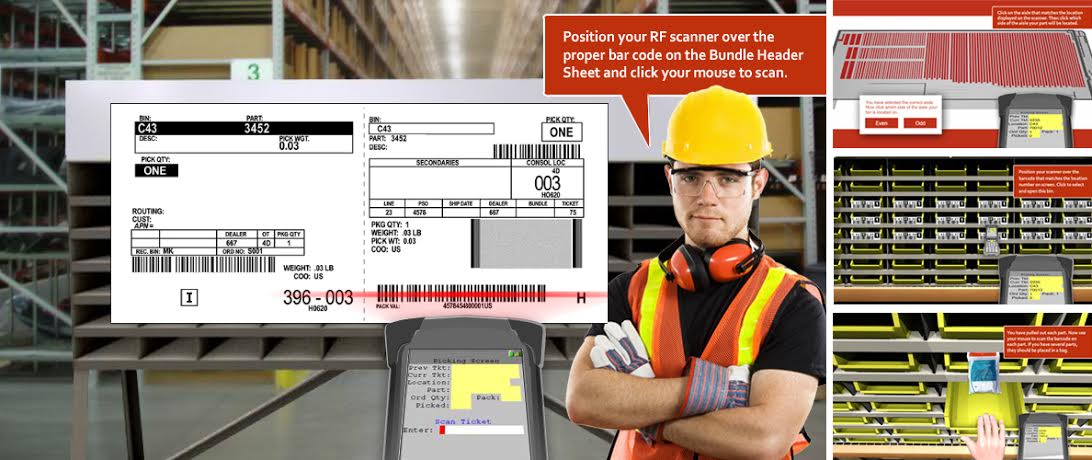6 Ways to make your Courses Accessibility Compliant (508/WCAG/ADA) in Storyline
6 Ways to make your Courses Accessibility Compliant (508/WCAG/ADA) in Storyline
Try this: Open one of your courses, close your eyes, and complete the course without looking. You will likely have difficulty getting off the first screen. If you have vision disabilities, this might be the norm for you. Some in your audience may have color blindness, hearing disabilities, and mobility disabilities, to name a few.
We strive for intuitive eLearning experiences where our audience can focus on the materials, not the container or the navigation. But when we don’t consider accessibility, we are shutting the door on those who have disabilities and challenging our stakeholders to attain alternative training methods for those who need them. You may think that it is rare that someone with a disability would be using your course, but in the United States alone, 6.4 million people have a visual disability, 10.5 million have a hearing disability, and 14.8 million have a cognitive disability (Erickson).
You may have come across these three standards, 508, WCAG, and ADA, but don’t know how they apply to your project. These standards all have the same goal, which is to make our digital solutions accessible for those with disabilities. If followed, the standards set up requirements that greatly increase the accessibility of your course. They all have similarities and you can find additional information about them through the reference links below.
There are many tools that can aid someone with disabilities, such as screen readers that read on-screen text, special input devices that let someone press a few select buttons and read braille, and screens that magnify aspects of the screen. Storyline, as well as most other […]





